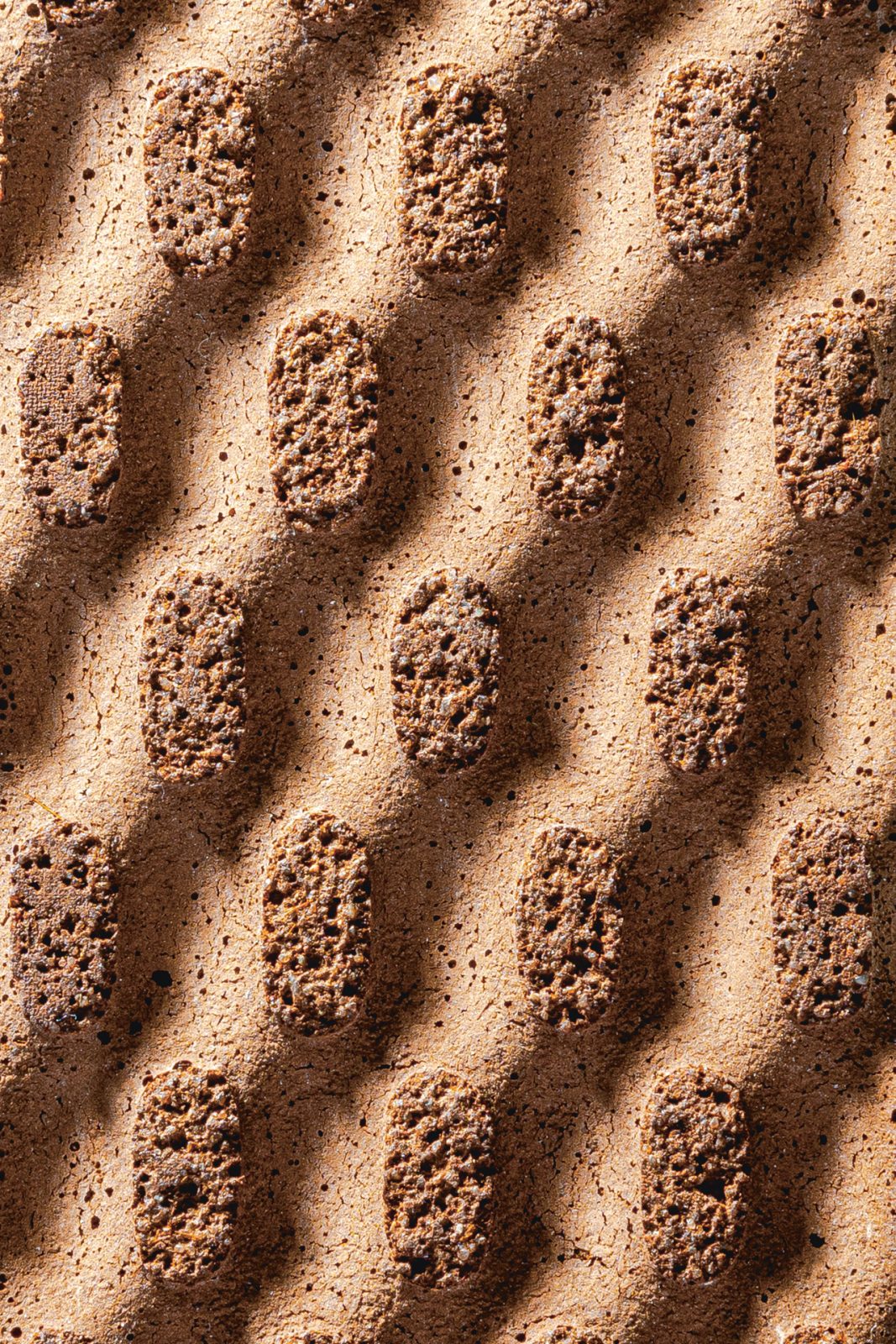
Wie Reduktion Komplexität schafft
It is mainly in our interaction with technical products that we increasingly experience a sense of having complete control over a device, despite the fact that our understanding of its workings and mechanisms is diminishing. In the preceding development process, designers and other parties involved in the design process establish the framework within which users can move when using objects. In addition to the context surrounding use, all other contexts of an object should also be as simple as possible. When mediating between these contexts, in addition to including the influence and interactions of other systems and by seeking simplicity, complexity is only shifted and not eliminated.
CLAY+
As one of the oldest materials, clay is firmly anchored in many cultures and numerous different techniques for processing it have been developed. Its material aesthetics are particularly shaped by the cultural associations that have developed over a long period of time, which are broadened by the context of the contemporary ecological discourse on material cycles and the energy expended by processes.
If material properties, such as strength, are now specifically optimised and a fresh perspective is taken on the manufacturing process, it becomes apparent that the material has the potential to be developed further not only in larger architectural scales, but also in the context of smaller objects. Beside a technical series of tests to determine the constructive possibilities, a second series of tests demonstrates the influence of surface and structure on the aesthetics of the material.




